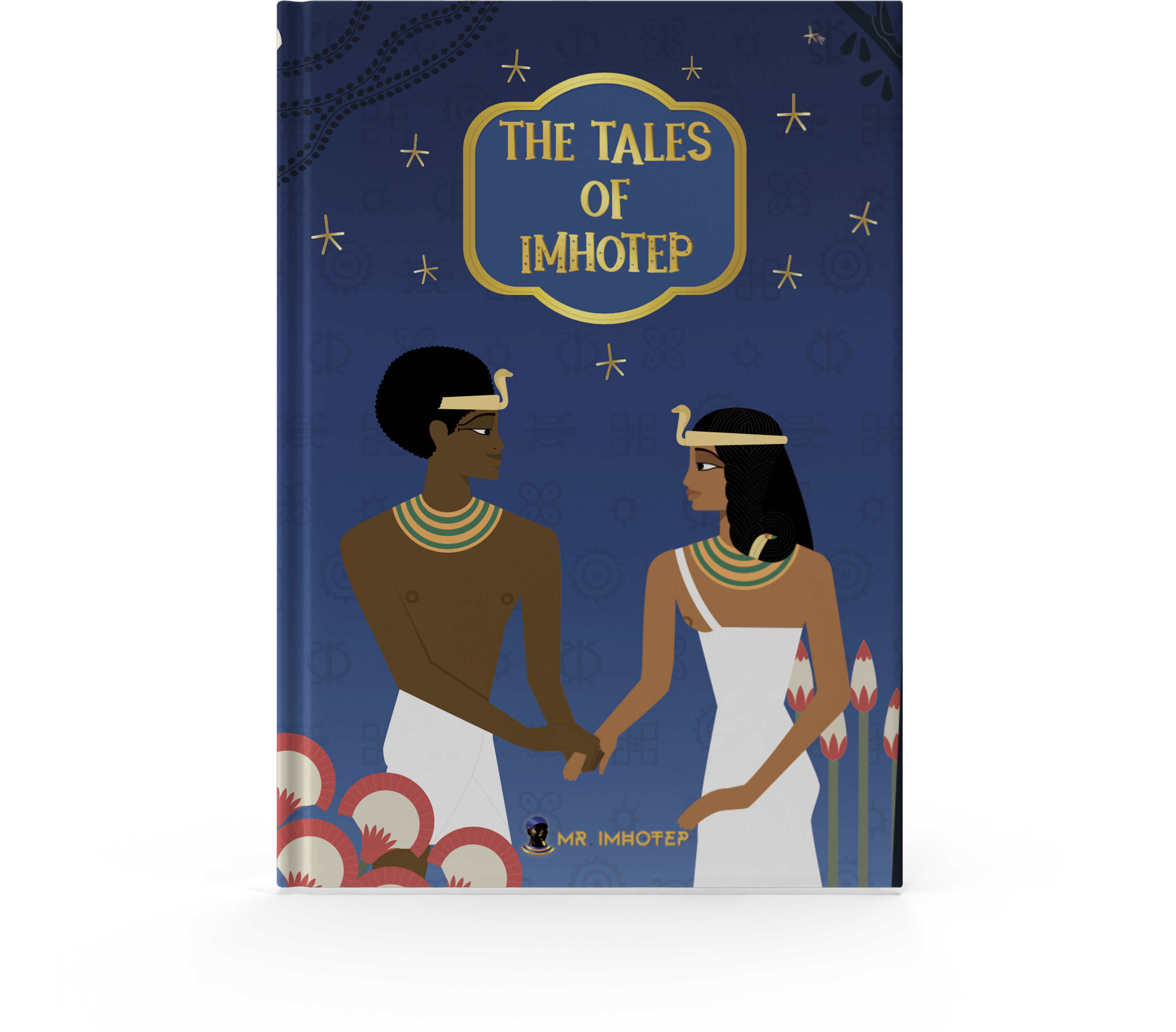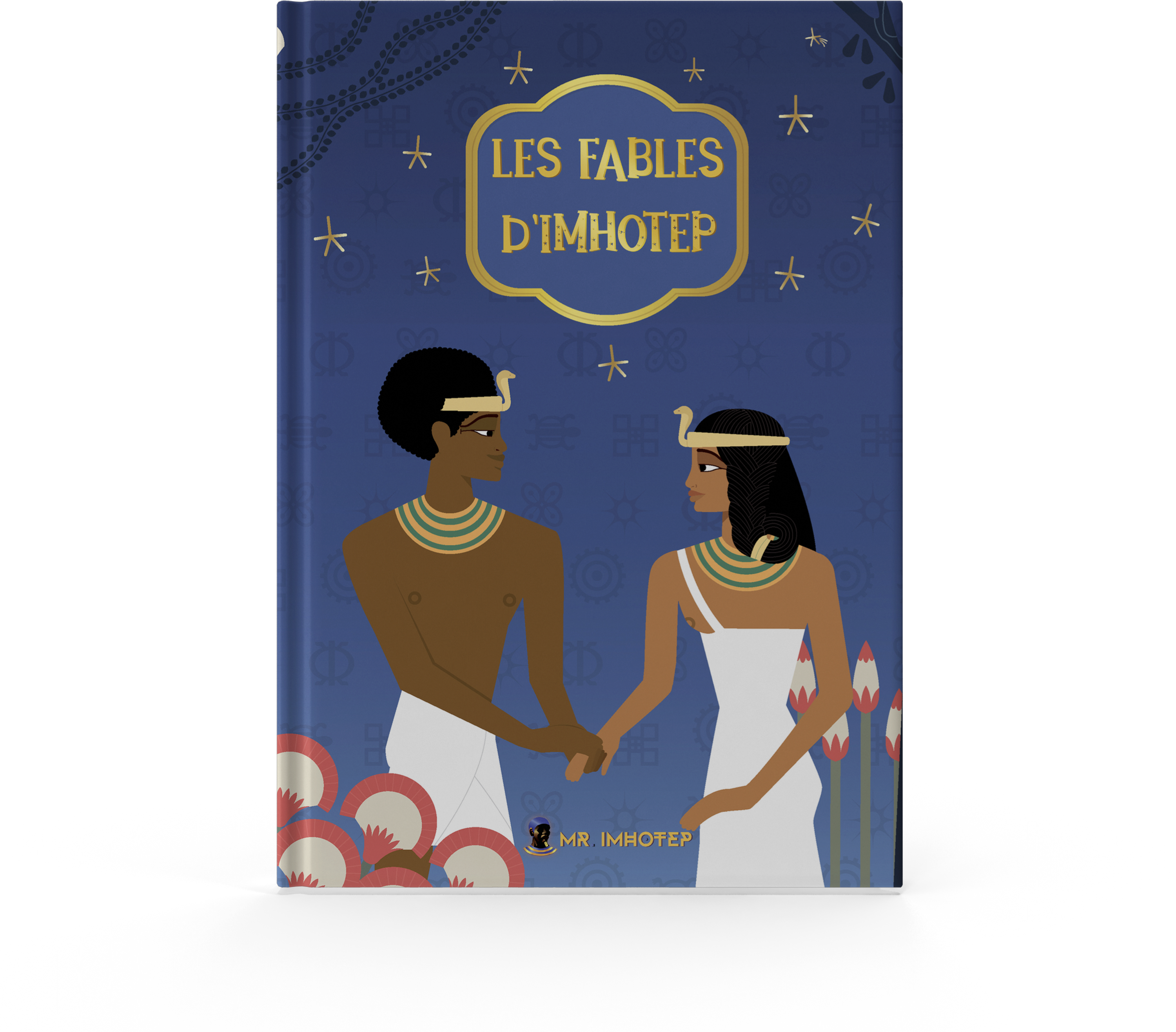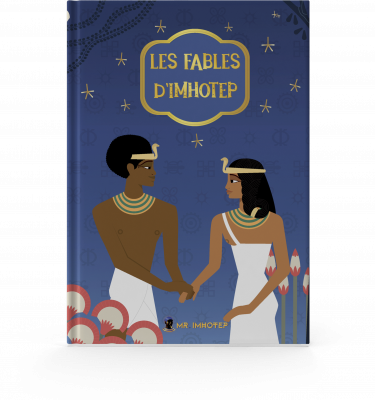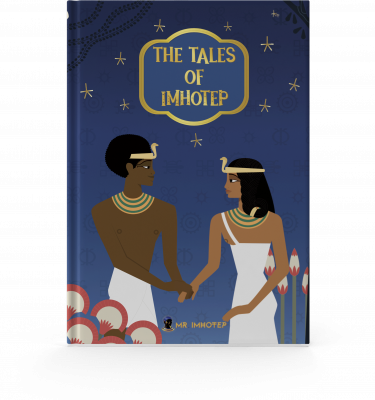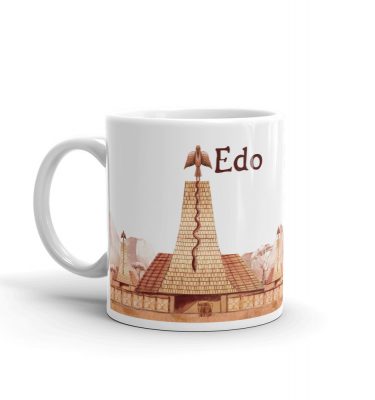Have you ever heard of the “Black Pharaohs” of Egypt? Western academics have labeled the 25th dynasty of Kemet by such name. It’s also supposed to signify that these were Kemet’s sole Black monarchs. That is, at least, how it is used nowadays.
They claim that other pharaohs were white rather than black, and that Kemet was attacked and ruled by a tribe of Black African invaders seeking vengeance against their northern oppressor.
According to history, monarchs of Kush (which encompassed Nubia) governed all of Kemet from around 746 to 653 BCE, and were known as the 25th Dynasty. This time corresponds to Egypt’s Third Intermediate Period (1070-653 BCE).
The fragmentation of central authority in KEmet marked the emergence of the third intermediate era of Kemetic history. For power, regional leaders and elites competed. Lower Kemet eventually had a reigning pharaoh, but Upper Kemet was ruled by the priesthood of Amun from Thebes.
According to popular belief, this is when the Kushite monarchs of Napata conducted military excursions across Kemet in order to capture the kingdom. A story that places the Kushite Kings in a hostile posture toward Kemet.
Kush did, in fact, overtake Kemet in terms of influence during that time period. King Pa ankhy (Piye) was the region’s most powerful ruler. And it’s true that if he needed to, he could easily destroy Kemet.
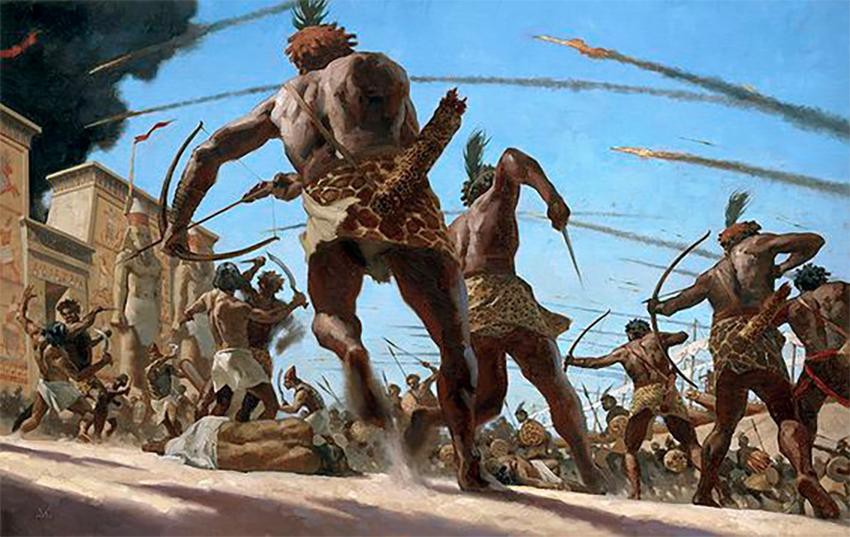
As a result, suggesting that they began a battle with Kemet out of avarice is illogical. Kushites, contrary to popular thought, did not see themselves as inferior to Kemites. They didn’t consider Kemet to be a superior culture. They were proud of their culture and conscious of the cultural entanglement that existed between it and that of their northern neighbors.
They had an influence on Kemet, and Kemet had an influence on them. Unfortunately, modern researchers have tried to recreate that dynamic between the powerful and superior “non-Black” Egyptians on one hand and their inferior Black Nubian neighbors on the other. We now know from the oldest records concerning that relationship that the Nubians were traditionally the dominating side.
According to history, the earliest rulers of Kemet were a group of Nubian kings who decided to settle and civilize the territory by moving north. Many components validate the story, which includes Kemetic deities such Ausar (Osiris) and Heru (Horus).
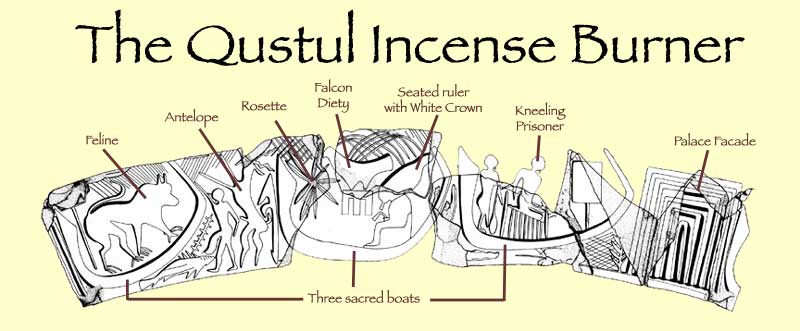
The finding of the Qustul incense burner is the first. An ancient item discovered in Nubia’s Qustul region, exhibiting Kemetic Royal emblems that would later become the Kemetic pharaohs’ brand. That relic predates the emergence of the first Kings of Kemet (Ancient Egypt) by centuries. Proof that the pharaonic tradition originated in Nubia and that the first pharaohs were indeed Nubians.
The Edfu texts, a Kemetic text, is the second component. The Kemites wrote the Edfu inscriptions to convey what they thought to be their genesis tale. According to the inscriptions, Ra-Harmakis, the Nubian King of Ta-Seti (Nubia) at the time, collected his blacksmiths to capture Kemet’s territory. They built Kemet’s civilization together.
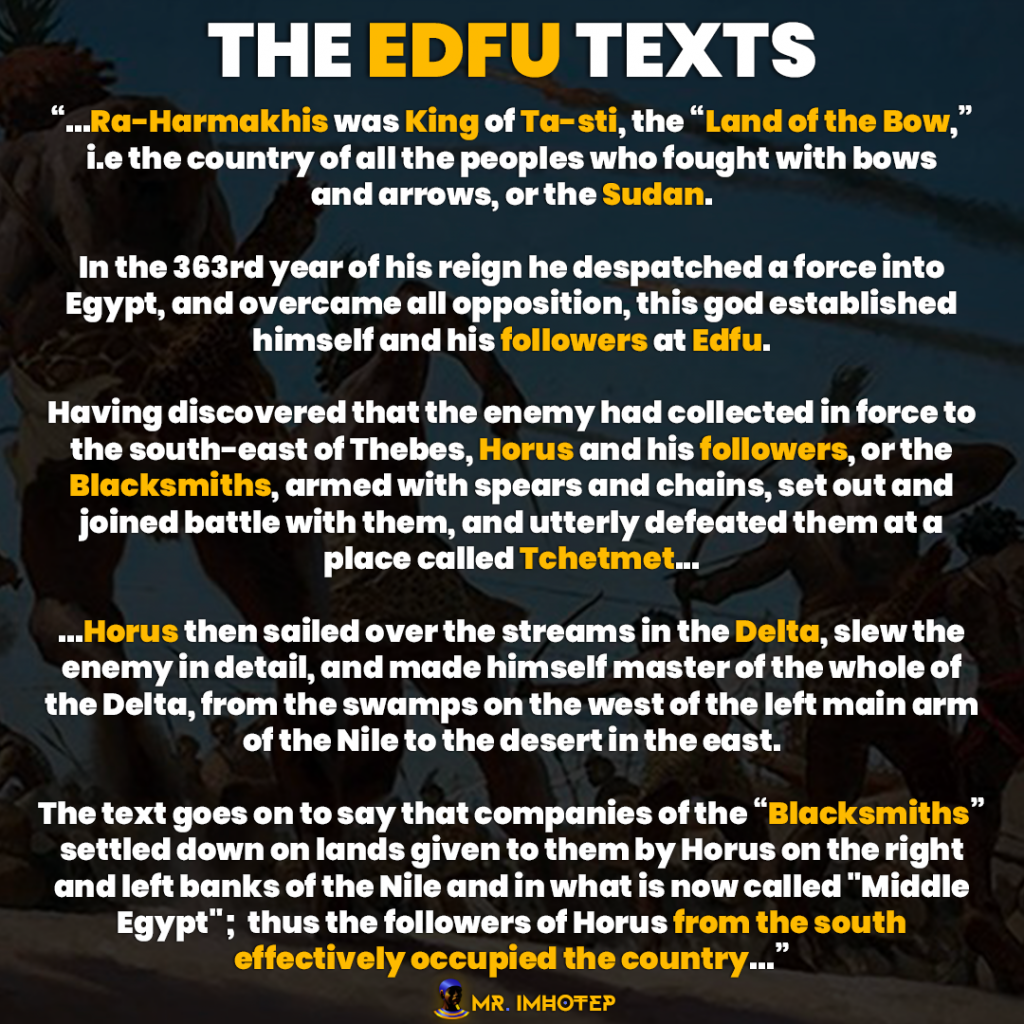
There’s a third factor that few people are aware of. The “Prophecy of Neferti“. It is a wall that maintains the myth that Kemet is a daughter of its southern neighbor, Nubia. That is, according to the prophecy. To save Kemet, a savior would arrive from the south, and he would be the son of a woman from Ta-seti, one of the Kemites’ names for Nubia. In other words, according to their own history, the perfect savior of Kemet was a Nubian man. Kemet saw Nubia as a particularly important and crucial territory, according to the evidence.
This is not to say that the relationship between the two regions was always pleasant; rather, despite their differences, they viewed themselves as members of the same family. The Kemites readily admitted to having a common ancestor.
This brings us to the fourth element, which connects Kemet to Nubia, the homeland of the Kemetic deity Amun. According to the Kemites (Egyptians), their principal deity Amun, who is regarded as the most powerful of all the Gods of Kemet, was born in Gebel Barkal, Sudan. So, they regarded Sub-Saharan Africa as a sacred region. The Nubians, of course, were fully aware of all of this.

It may be observed in the fact that, unlike all previous civilizations that have occupied Kemet at one time or another, Kush (Nubia) has never destroyed Kemet throughout their reign. During their invasion, the Assyrians, for example, traumatized the residents of Kemet. They pillaged and destroyed to the point where the Kemites were forced to migrate to other areas of Africa to avoid death. When the Kushites took control of their northern neighbor, they set out to reconnect Amun’s old kingdom with Kemet and Nubia.
However, contrary to popular assumption, the occupation did not begin as a result of greed or a desire for “vengeance,” as mainstream scholars and their marketing departments would have us think. The Kushite rulers thought themselves to be the physical offspring of the god Amun (Amani, Imana) throughout that time, which meant that they strictly observed Maat’s commandments. They almost certainly never started a fight without a good reason.
What happened was that the priesthood of Amun, who were the official rulers of Upper Kemet during the Third Intermediate Period (1070-653 BCE), were terrified for their country’s safety. From the north, Asiatic influence was growing. Without a strong leader who adhered to Kemet’s inherent African culture and spirituality, the country would fall apart.
As a result, they resolved to ask for the support of Pa ankhy (Piankye, Piankhi, also known as Piye or Piya), the king of Kush, to help them put an end to civil unrest and political instability.
In his book The Hyksos Invasion in History and Tradition – Orientalia, Donald B. Redford discusses this pattern. 1–51 in NOVA SERIES, Vol. 39, No. 1 (1970). (51 pages) GBPress-Gregorian Biblical Press is the publisher.
He recognized a pattern of conduct among those he dubbed the indigenous, loyal, and royal Egyptians (Kemites). An element that suggests that not all residents of Kemet at the time were Egyptians or loyal to the African landowners.
...When hostile forces invade or otherwise establish themselves in the north of Egypt: conflict ensues with the "LOYAL" elements in the country; king and court derive assistance from or seek asylum in Kush; liberating forces move out of the south, advancing-northward, and drive out the enemy.
Donald B. Redford Tweet
I’d want to emphasize the word “LOYAL” here. This is what enables us to make these claims. Why did they continually turn to Kush for assistance? This has always been the case. Even the Kemetic civilization’s founding narrative cites a mighty Nubian King, therefore it did not begin with the 18th dynasty and the Hyksos invasions. This type of story can be found throughout that Kingdom’s history. It went on until Kemet was completely destroyed.
As a result, it was not a revenge story as depicted in western books and documentaries. But, as is customary, the account of Kush or Nubia rescuing Kemet from its woes is told through the prophecy of Neferti.
Pa Ankhy governed Upper Egypt and Nubia from Napata and Thebes from 743 to 712 B.C. He conquered and ruled Upper Egypt and Nubia from Napata and Thebes. The fact that he reigned from Napata most of the time demonstrates his love to his homeland and disinterest for the newly conquered territory.
Most of the Nubian monarchs of the 25th dynasty will observe this behavior. They didn’t think of Kemet as a major accomplishment. They would rather stay in their homeland. They freed the land, defended it against invaders when necessary, and then allowed it to continue to live according to its traditions.
A monument associated with the reign of Pa Ankhy depicts the god Amun presenting Pa Ankhy with the crowns of Kemet and Kush. On stelae constructed in the temple of Amun at Gebel Barkal, Pa Ankhy declared himself ruler of Kemet and “of all the lands.”
Pa Ankhy’s reign coincided with the rebirth of New Kingdom civilisation circa 1200 BC. The monarchy restored the pyramid as a form of royal tomb and invested in major reconstructions of old temples throughout the empire, encouraging state craftsmen to study the marvels of the new kingdoms.
Shabaqo (or Shabaka, c. 712-702 BCE), his brother, transferred the royal residence to Memphis in Lower Kemet, most likely as a defensive measure against Asiatic civilizations who were continuously attempting to invade Kemet at the time. He carried on his brother’s legacy of promoting Kemet culture by commissioning the replication of religious books from earlier periods.
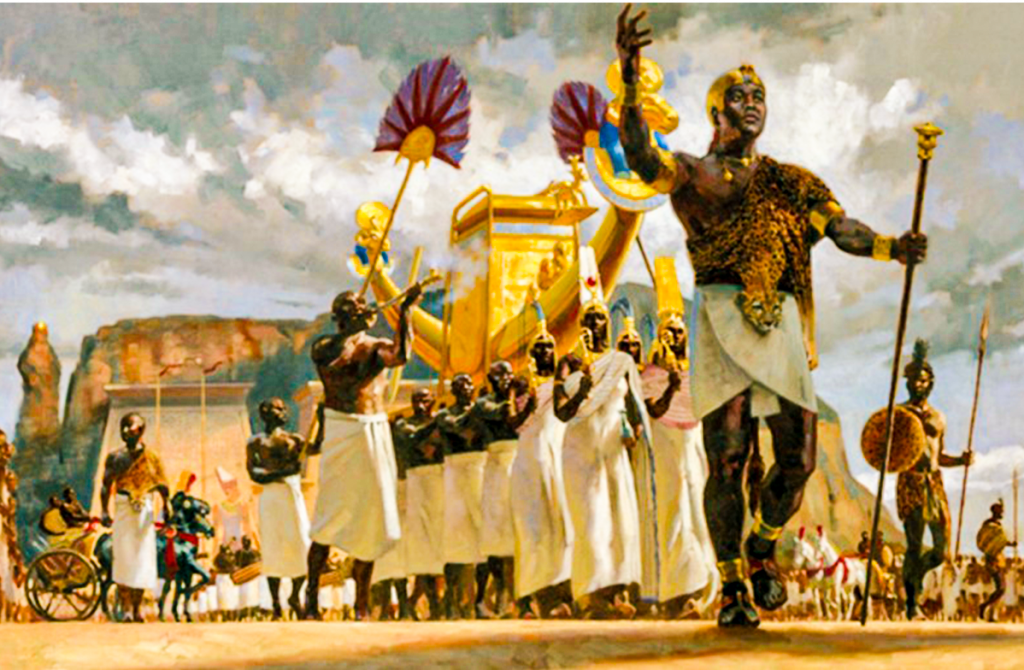
Shebitqo (ca. 702-690 BC) and Taharqa (690-664 BC) were later monarchs; Taharqa’s reign was the most illustrious, with military triumphs extending Nubian dominion to Libya, Phoenicia, and, according to some researchers, Southern Spain. Taharqa, on the other hand, will not be able to push back the Assyrian armed forces attempting to overrun northern Kemet. Finally, he’ll retire to Napata.
The 25th Dynasty ruled for about a century, restoring Kemet’s intellectual, cultural, and artistic foundations in Africa. This is exactly what occurred throughout the 25th dynasty. It wasn’t an invading story, but rather a salvation story. A story that is rarely mentioned in the mainstream media or by academics. That is why Africans must have control over their own history.

![25th dynasty Nubian pharaoh Shabaka by Alexander Jubran[:]](https://mrimhotep.org/wp-content/uploads/2017/09/25th-dynasty-Nubian-pharaoh-Shabaka-by-Alexander-Jubran-fotor.x72714.jpg)

